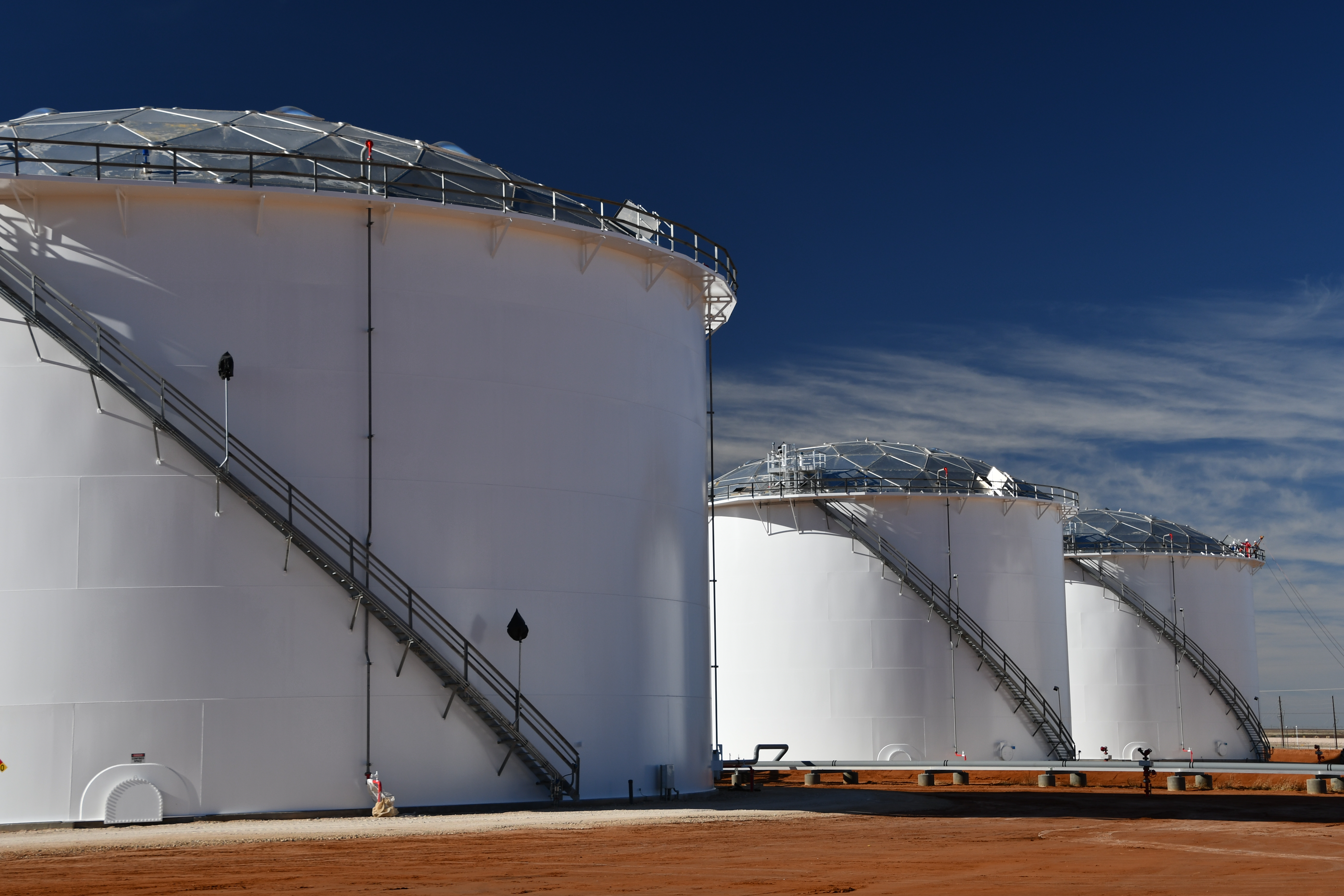U.S. Gas Producers Optimistic Amidst Low Prices, Banking on LNG Expansion
(Reuters) — Energy executives say they are looking past current ultra-cheap gas prices and betting on a coming wave of new liquefied natural gas (LNG) plants to lift demand — and prices — for the fuel.
Natural gas prices have fallen by one-third this year, undercut by a warmer winter, outages at LNG facilities and higher-than-expected output. The growth in solar and wind power and a pause on new U.S. LNG export permit reviews also have clouded the outlook for future gas demand.
"Domestic U.S. markets are oversupplied," said Chad Zamarin, a senior vice president at gas pipeline operator Williams Cos.
"It will certainly take some time for LNG coming out of the U.S. and a bit of a slowdown in supply to rebalance," said Zamarin, speaking on the sidelines of the CERAWeek energy conference in Houston.
Oversupply in West Texas, home of the top U.S. oilfield, had prices this week at a negative 26 cents per million British thermal units (mmBtu), requiring gas producers to pay someone to take the fuel. U.S. gas prices NGc1 were trading at $1.66 per mmBtu on Friday, down 74% from the average price in 2022.
"Our pipeline infrastructure is maxed out. It's going to make it very difficult for us to connect markets," said Toby Rice, CEO of the largest U.S. gas producer, EQT Corp. He said permitting reforms are needed to build new lines.
New pipelines and LNG processing plants would allow the U.S. to export the gas now clogging those West Texas lines and supply sustained energy while sun and wind power grow. China and India are moving away from coal to natural gas for electric power, and Europe has turned to the U.S. to replace Russian pipeline gas.
"Gas will continue to play a key role in the future. It's not just a transition (fuel), if you will, we look at it (gas) as being a destination for decades to come," said Clay Neff, Chevron's president for international exploration and production.
Lorenzo Simonelli, CEO of LNG equipment supplier Baker Hughes, said if the U.S. fails to approve new LNG export plants, demand for the fuel will still be met, mainly from projects in Qatar, Argentina and Africa.
Further U.S. demand for natural gas will likely come from domestic power utilities straining to supply electricity for new data centers that support artificial intelligence, crypto mining and the increasingly digital economy.
"AI is what's going to drive additional energy consumption," said Pierce Norton, CEO of natural gas pipeline operator Oneok, whose company supplies electric utilities.
But John Podesta, the Biden administration's climate envoy, said the power needs could be filled by solar, wind and renewables rather than gas.
"More electrification in the quest for decarbonization means more pressure to produce clean generation," he said.
Related News
Related News

- Energy Transfer to Build $5.3 Billion Permian Gas Pipeline to Supply Southwest
- Enbridge Sees High Demand to Expand 593-Mile Canada-to-U.S. Gulf Oil Pipeline
- 450-Mile Eiger Express Pipeline Gets Green Light for Permian-to-Gulf Natural Gas Transport
- Duke Energy to Sell Tennessee Gas Business, 3,800 Miles of Pipelines, for $2.48 Billion
- Energy Transfer’s Lake Charles LNG Project Wins Export Extension
- Enbridge Sees High Demand to Expand 593-Mile Canada-to-U.S. Gulf Oil Pipeline
- Energy Transfer to Build $5.3 Billion Permian Gas Pipeline to Supply Southwest
- Russia Strikes Key Ukraine Gas Interconnector on Romania Border, Disrupts LNG Imports
- Ontario Seeks Study on Alberta-to-Ontario Pipeline and James Bay Port Corridor
- U.S. Energy Exporters Unlikely to Gain Big From Potential U.S.-India Trade Deal





Comments